While bicycles are certainly indispensable for daily commuting, cargo bikes may be the perfect choice for those who often need to transport things. In Berlin, cargo bicycles are used especially frequently, as there is a special “fleet” of more than 200 cargo bicycles that are available to the public for free. These shared vehicles are used every day in the streets as an innovative way of life and a different kind of urban landscape.
Cargo bikes are described as the most family-friendly vehicles and the most affordable work vehicles.
The emergence of cargo bikes
The Industrial Revolution produced a huge technological change in society, along with the first cargo bicycle. German inventor Karl von Drais is credited with developing the first bicycle and getting it on the road in 1817. And in 1888, the bicycle received a major upgrade with the advent of pneumatic rubber tires. This set the stage for the bicycle revolution. Chains made direct wheel drive redundant and created freedom for rider and load positioning. Wheels could be smaller. Carrying loads became very interesting.
In the early twentieth century, someone in England came up with the idea of putting a relatively large wooden box up front, just above a horizontal front axle that was hinged to the main frame. This simple construction did not require a steering front wheel, as the entire box or pallet acted as a steerer. The first classic cargo bike was born. It was, so to speak, a safer version of the cargo bike. Although it still looks fragile, it is a true milestone in the history of the three-wheeled cargo bike.

The use of cargo bikes
The three-wheeled cargo bike has since become a desirable carrier and is marketed as such. Cargo bikes have become stronger, and bigger, and can be made longer. Boxes, pallets, or any other creation could be about two meters long. Farmers, artisans, mail carriers, newspaper carriers, garbage collectors, street sweepers, etc. preferred cargo bikes for work reasons. Although cars were becoming more common in the 1920s, regular, bicyclists dominated the streets and cargo bikes were a very familiar sight.
The decline of cargo bikes
However, the rise of motor vehicles such as pickup trucks and vans, and the advent of modern products caused more and more businessmen and workers to abandon their cargo bikes, and by the end of the 1960s, cargo bikes were strangled and thousands of them were shipped one way to landfills.
The re-emergence of cargo bikes
Since the 1970s, growing environmental awareness calls for reduced emissions, and green travel has led to a rediscovery of the advantages of cargo bikes.
At the beginning of 2018, the German Bicycle Association launched a public service project called “Berlin Fleet”, offering Berliners free loans of cargo bikes through commercial platforms such as supermarkets, organic food stores, and cafes, with only five vehicles in the first four urban areas as a pilot. In September of the same year, the association began working with officials to set up more lending points in museums, libraries, and other public institutions. So far, in just over four years, the number of free cargo bikes in Berlin has reached 219, and is still expanding, with stations throughout the city and even in the neighboring state of Brandenburg.
The data shows that since its launch, nearly 13,000 users have ridden cargo bikes, with an average age of 38, the oldest being 77, and 43% of the users being women. Each bike covers an average of 11 kilometers per day and has traveled a total of approximately 830,000 kilometers.
A UK study in 2021 showed that electric cargo bikes can transport 60% faster than city center vans while reducing carbon emissions by 90% compared to diesel vans and by a third compared to electric vans. A study in the Netherlands showed that electric cargo bikes are the perfect replacement for about 20% of delivery vans in large cities. While the potential is great, the movement to replace vans, golf carts, and other delivery vehicles with electric cargo bikes is still in its infancy in the United States.
Why Cargo Bikes?
Compared to a regular bicycle, a cargo bike can transport more goods with the same amount of manpower. Compared to cars, it is more economical and energy efficient. Switching from car trips to cargo bikes, not only reduces CO2 emissions but also promotes the concept of sharing and influences people’s consumption behavior.

For families with children, cargo bike riding is an excellent way to travel with parents and children. The spacious front bucket not only accommodates children, but also toys, snacks, and belongings, and is always in sight of parents, making it a safe, comfortable, and fun semi-open space.

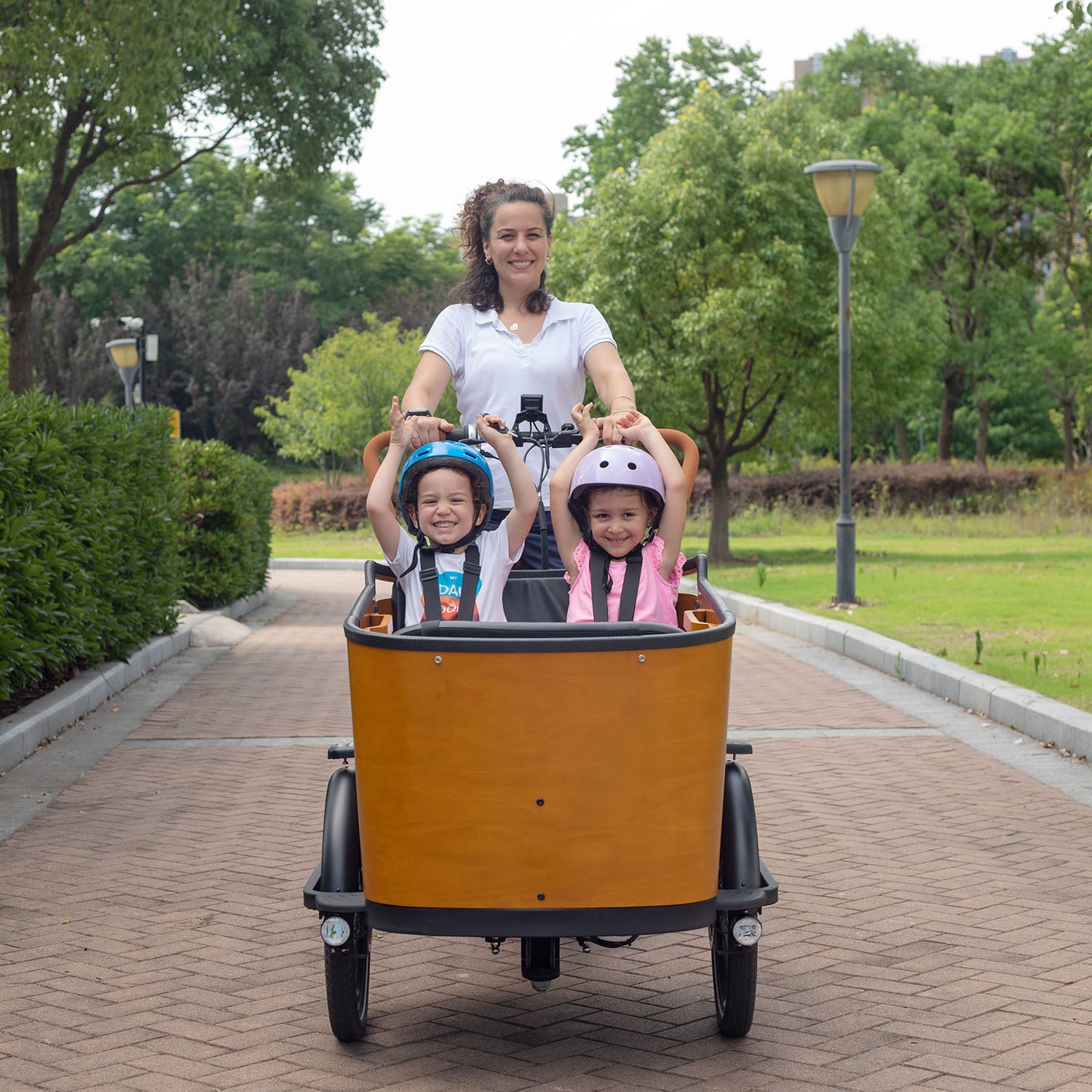
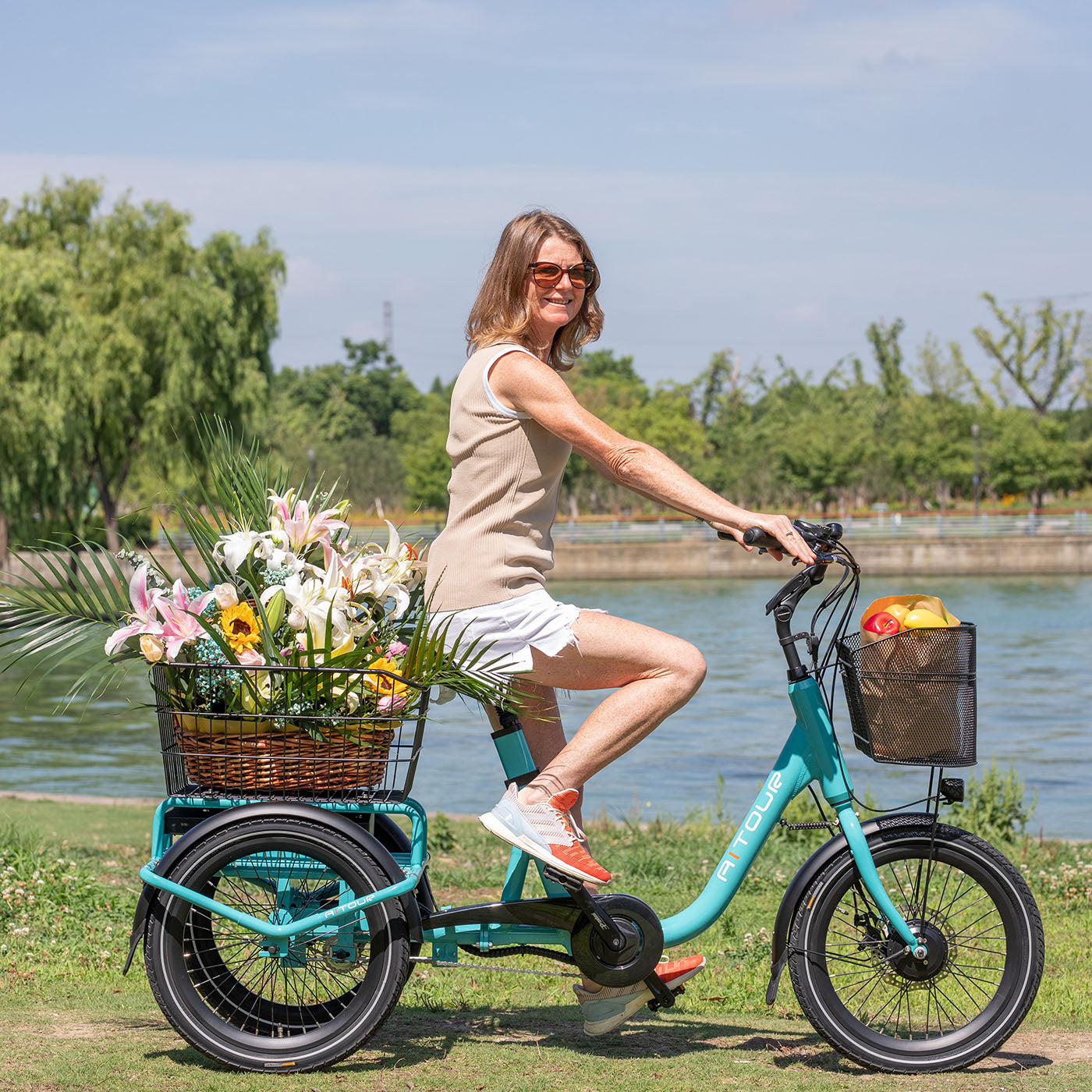
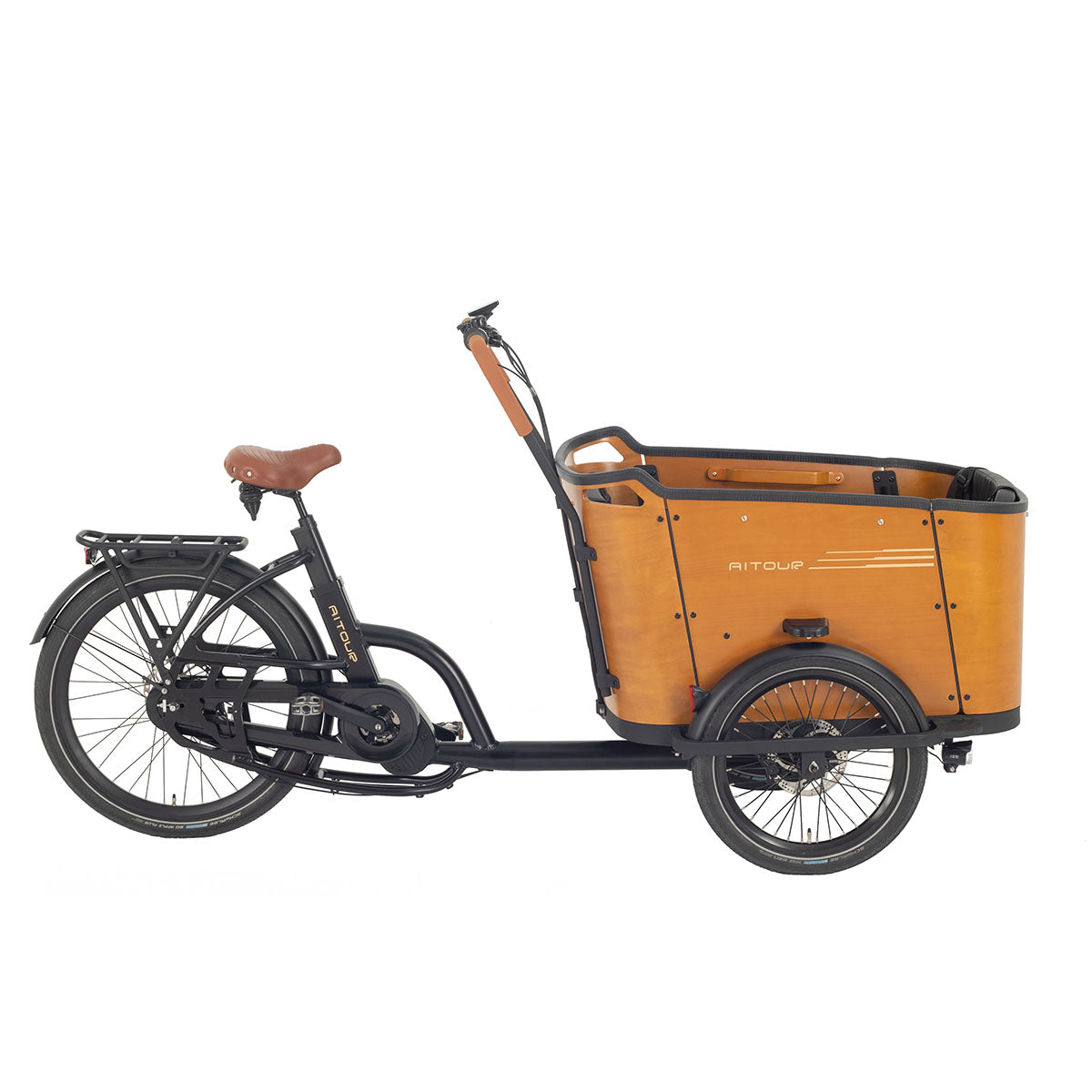
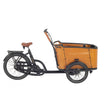
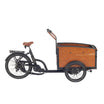
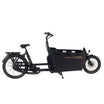
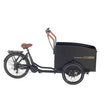
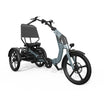
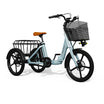
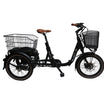
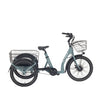
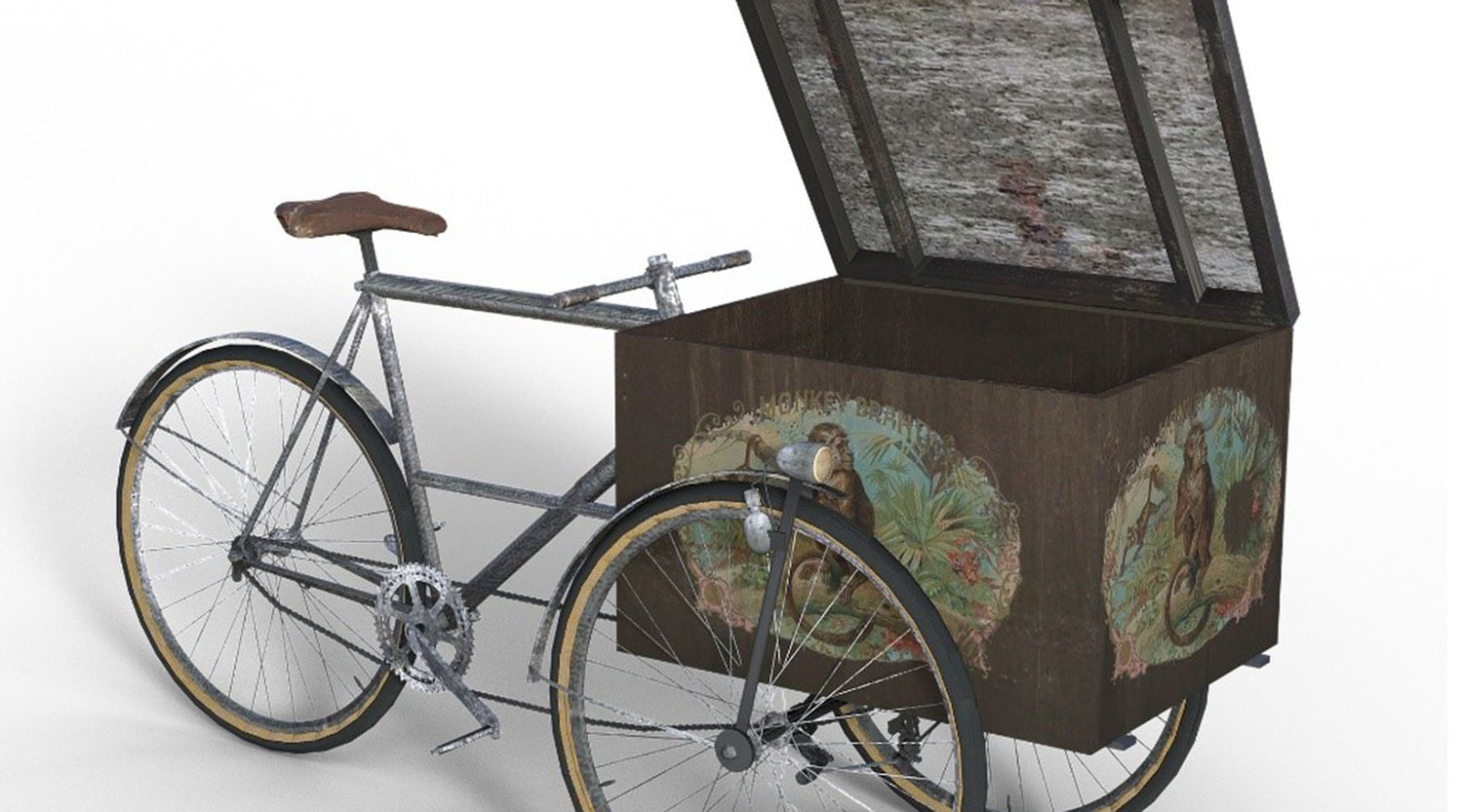
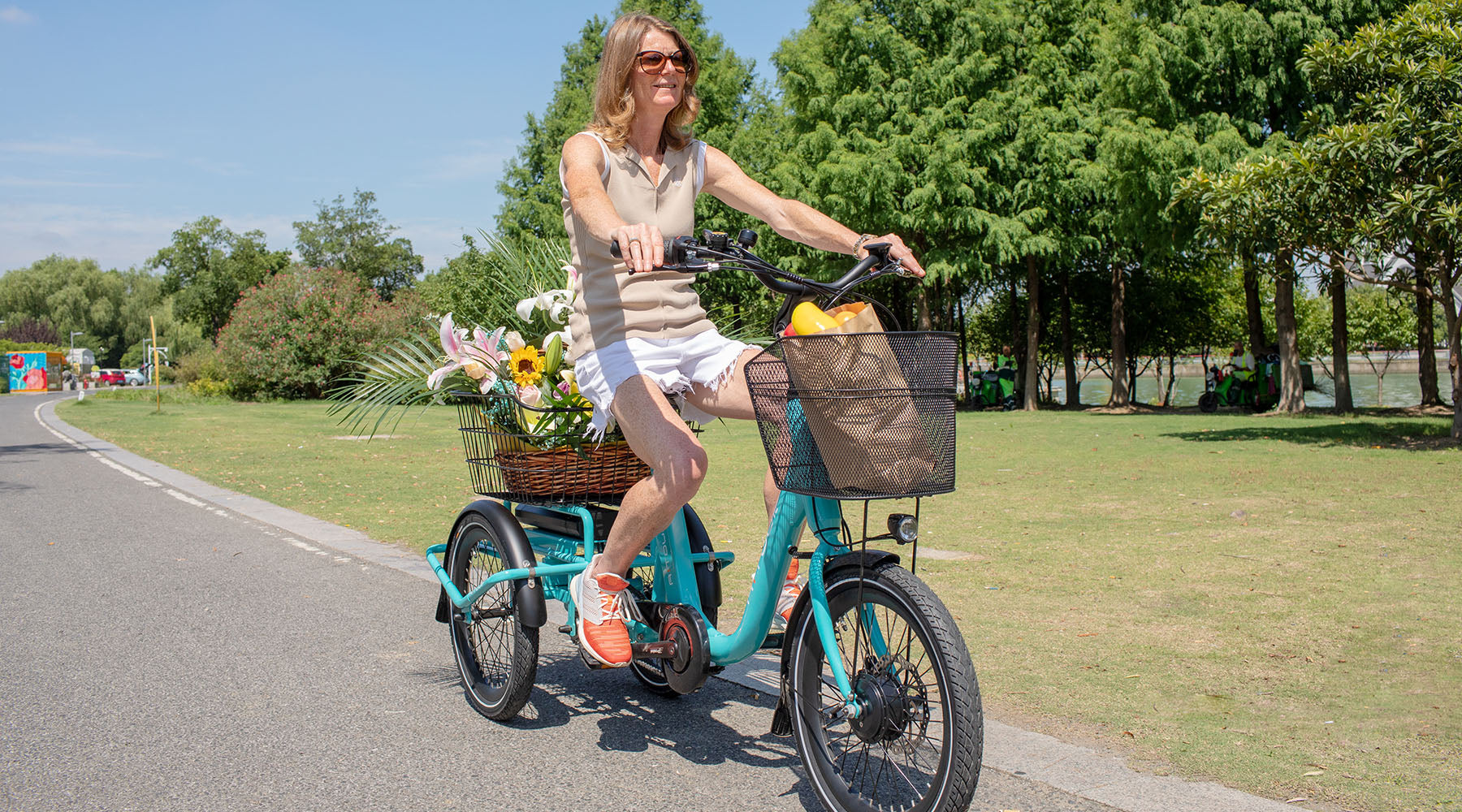
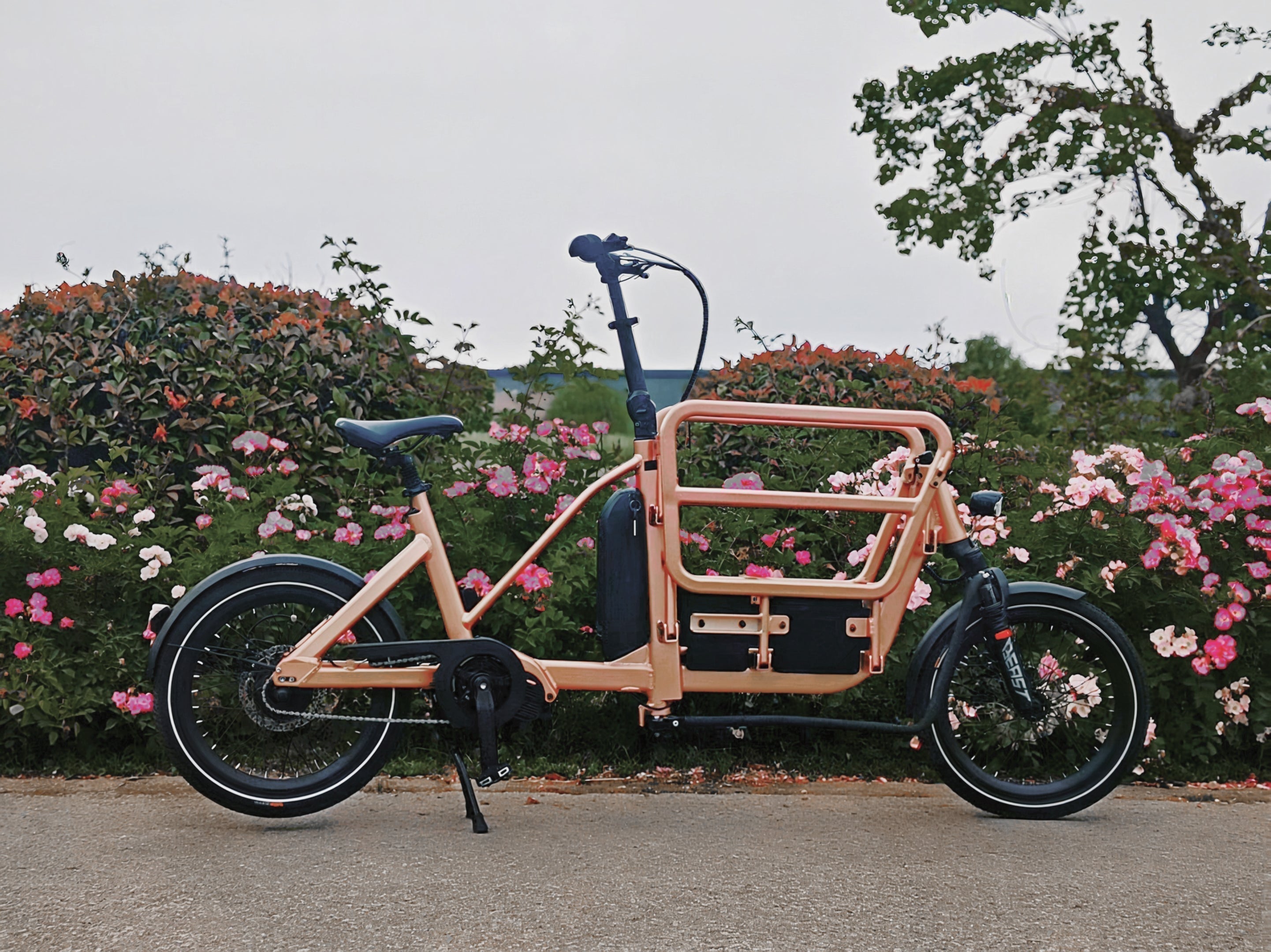
Leave a comment
All comments are moderated before being published.
This site is protected by hCaptcha and the hCaptcha Privacy Policy and Terms of Service apply.